Apple iPhone 7 Plus vs iPhone 7: is Apple's larger handset worth it?
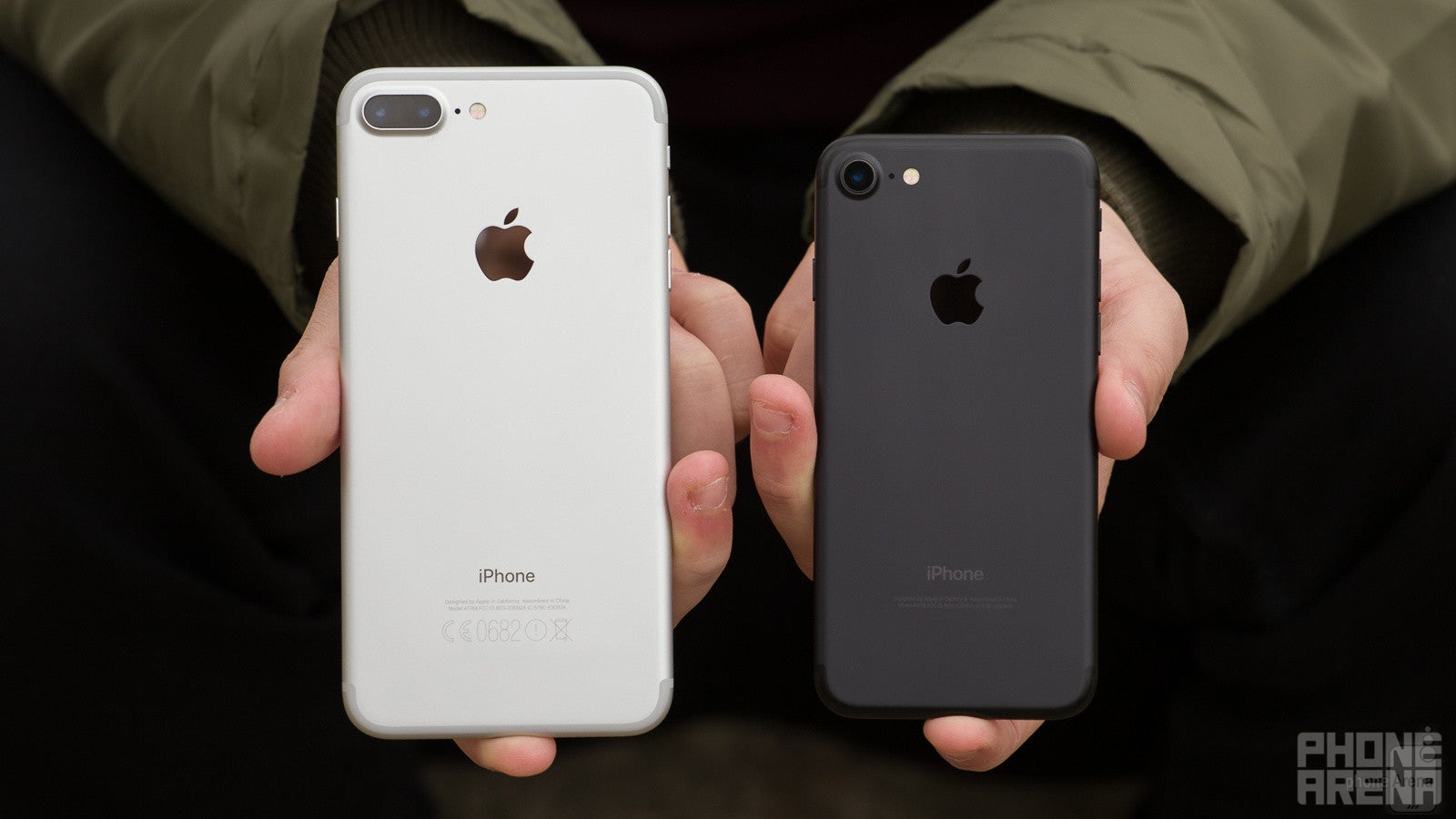
When other experimented with gigantic screen sizes, and the non-explosive Galaxy Notes were proving popular with Android users, Apple still stood by its famous ‘Thumb’ ad. The ad claimed that your thumb goes only a certain distance, which was not larger than the 4” screen on the iPhone 5 and iPhone 5s.
These days, it is the 4" iPhone that feels against 'common sense'. It has its fans, but those are a very small percentage of the population. In fact, the 4.7" iPhone 7 now feels pretty close to what the right size for a modern smartphone is. However, there are still people wanting a bigger screen. For those users, there's the 5.5" iPhone 7 Plus, which, however, feels a bit on the bulky side – and there is no one device in-between the two.
Screen, size and comfort
iPhone 7 Plus size pros: faster to type on, better for media. Cons: heavy and uncomfortable if you carry it in your pocket
Some people have larger hands and some have smaller hands, and some people prefer larger displays over small displays.
Many people have no big issue adjusting to a larger-sized phone, but keep in mind that the 7 Plus is still bigger than most other flagship 5.5” phones: it has huge bezels by modern standards, its non-curved back makes it less ergonomic than similar phones with a curved back, and while the phone is not too thick, with a case on top of it, it starts feeling like a tank.
There is one other feature on the 7 Plus that might make even those who swear by smaller phones consider the bigger iPhone this year:
The Telephoto lens
It's legit: portrait mode is awesome
For years, the iPhone has shipped with one main iSight camera: with its 28mm focal distance, it is considered a very universal shooter: it is not too wide to photograph people, yet it’s not too narrow so you can also capture good-looking landscapes.
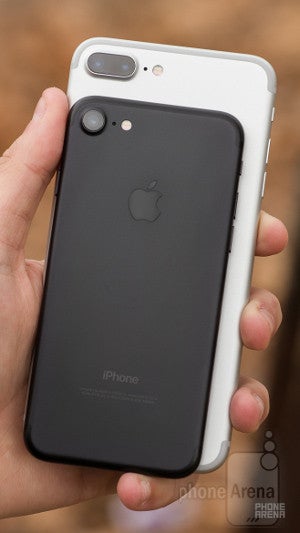
Use the Telephoto lens with Portrait mode for stunning results
Is it as good as what you get on a dedicated camera, though? No. These days, you can get a $500 DSLR like the Nikon D3300 with an 18-55mm lens that delivers dynamic range, color rendition, low-light performance, and versatility - as well as support for powerful external flashes for night and indoor photography - that the iPhone simply cannot match. You can even go cheap and get an old DSLR that is still as good as the D3300 for $250, and you’d still get image quality far above anything the iPhone is capable of. Of course, it’s nowhere near as portable or always-there as the iPhone.
Battery life and charging times
The other big advantage of the iPhone 7 Plus is its bigger battery: 2,900 mAh vs 1,960 mAh on the smaller iPhone. Numbers don't tell the whole story, so here are some real life impressions: the 7 Plus will easily last you a full day of pretty much whatever you throw at it. If you don't spend your day shooting and streaming 4K video, though, it will likely last you a day and a half, and with moderate use you will be able to get two days off of it.
The iPhone 7 will have enough battery to last you a full day with heavier use and it may go to a day and a half, but it simply does not last as long as the 7 Plus.
With both phones, you will want to charge every night to be absolutely certain that you have enough juice for a full day the next day, though.
Conclusion and the price to pay
All in all, there are three main reasons to get the 7 Plus over the 7: the larger screen and the excellent Telephoto camera with Portrait mode are the two bigger reasons, and the slightly better battery life is the lesser yet still important third reason. These three reasons come at a price: $120 over the price of the regular iPhone 7, which already isn't a cheap phone.
As much as the larger iPhone 7 Plus is more capable, though, it also is - quite literally - a heavy burden to carry. The phone is bigger than most other 5.5” phones, and heavier too.
If you really want a phone of reasonable size, chances are you won’t be happy with the big one. Yes, you won’t get a secondary camera, but you will get a device that is comfortable to carry around and use in the everyday grind. And you will save some cash along the way.
If you are considering the larger iPhone (meaning there's a chance you'll be able to live with its large dimensions): you should ask yourself if you tend to use the camera a lot, and if you regularly happen to photograph people with it. If the answer is yes, do yourself a favor and get the 7 Plus.
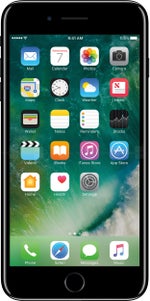
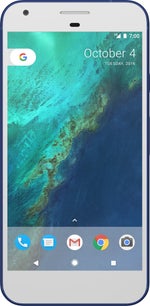

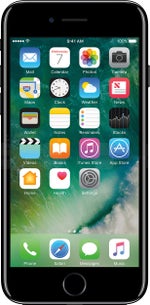
















Things that are NOT allowed: